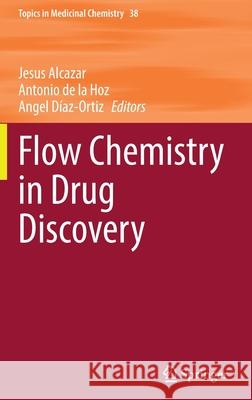Flow Chemistry in Drug Discovery » książka
topmenu
Flow Chemistry in Drug Discovery
ISBN-13: 9783030855918 / Angielski / Twarda / 2021 / 240 str.
Flow Chemistry in Drug Discovery
ISBN-13: 9783030855918 / Angielski / Twarda / 2021 / 240 str.
cena 1325,32
(netto: 1262,21 VAT: 5%)
Najniższa cena z 30 dni: 1156,64
(netto: 1262,21 VAT: 5%)
Najniższa cena z 30 dni: 1156,64
Termin realizacji zamówienia:
ok. 22 dni roboczych
Dostawa w 2026 r.
ok. 22 dni roboczych
Dostawa w 2026 r.
Darmowa dostawa!
Kategorie BISAC:
Wydawca:
Springer
Seria wydawnicza:
Język:
Angielski
ISBN-13:
9783030855918
Rok wydania:
2021
Wydanie:
2021
Numer serii:
000082904
Ilość stron:
240
Waga:
0.88 kg
Wymiary:
23.39 x 15.6 x 2.87
Oprawa:
Twarda
Wolumenów:
01
Dodatkowe informacje:
Wydanie ilustrowane











